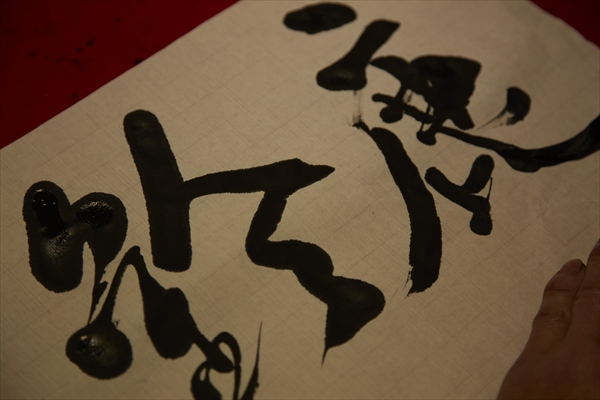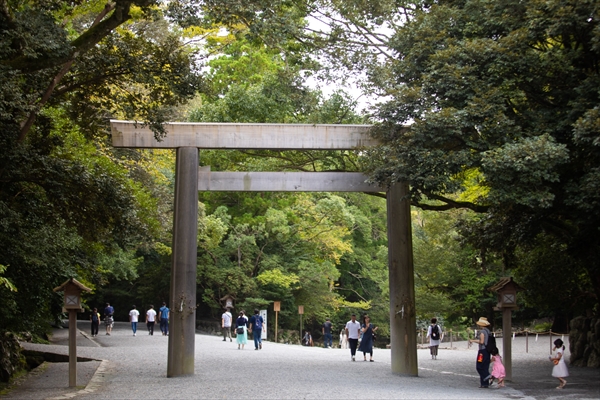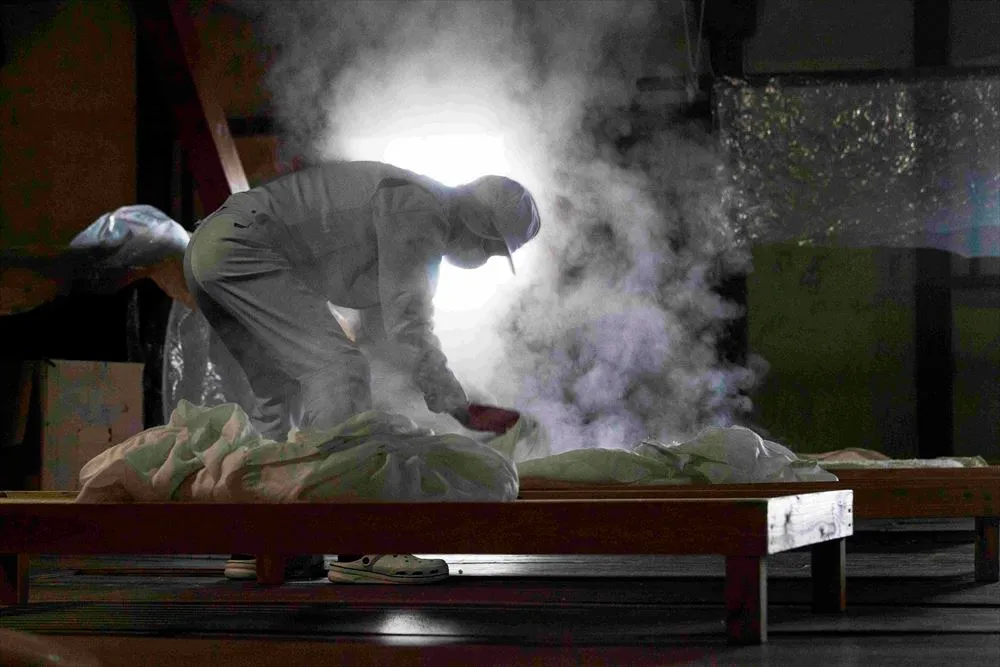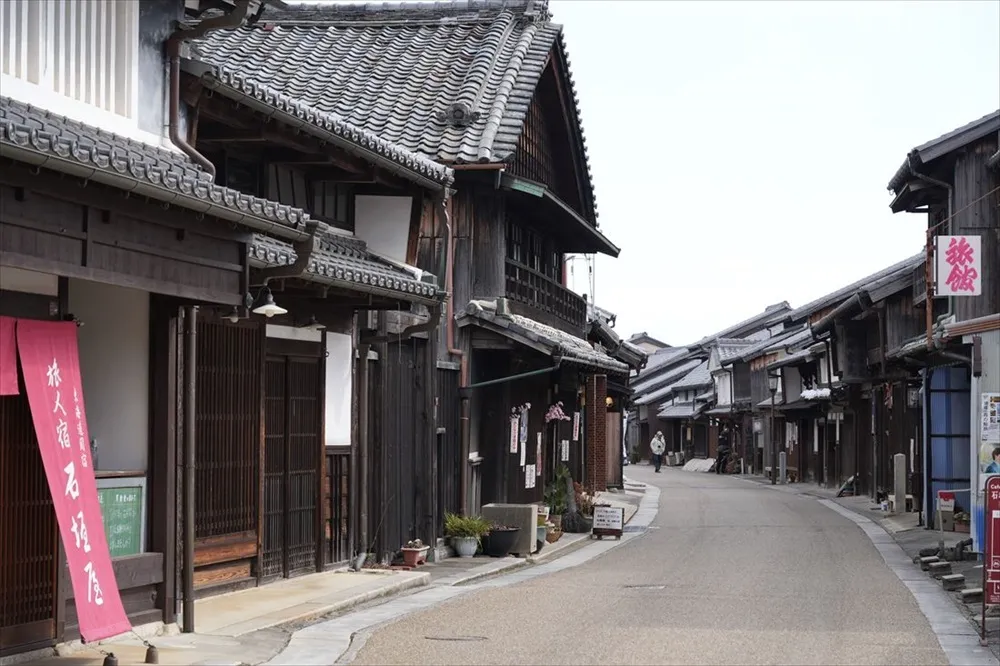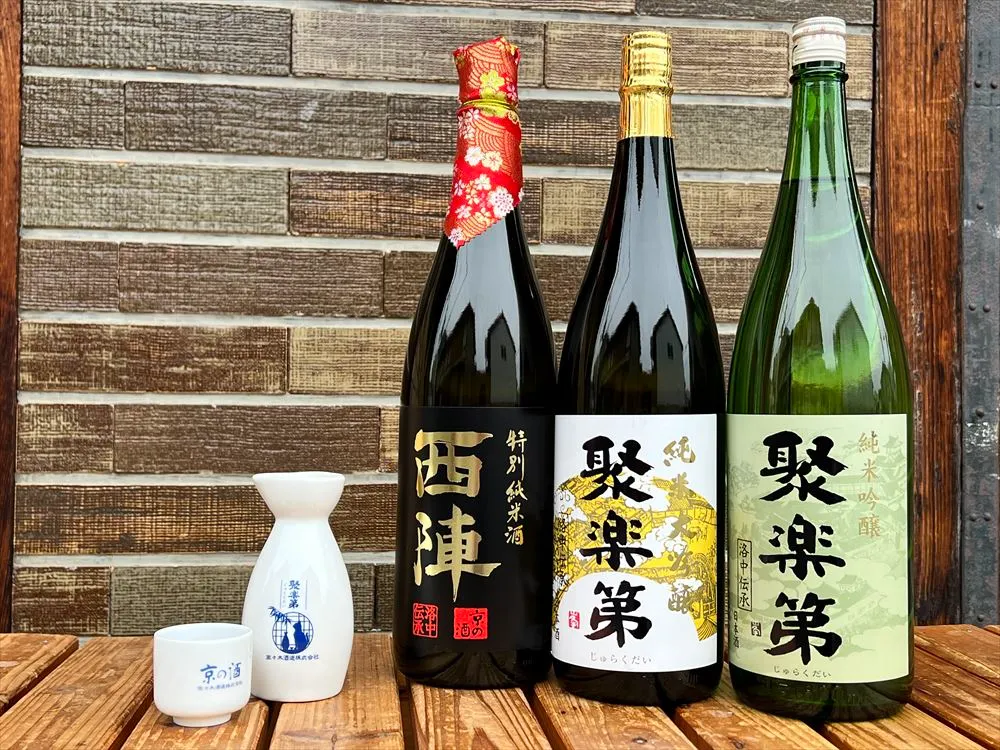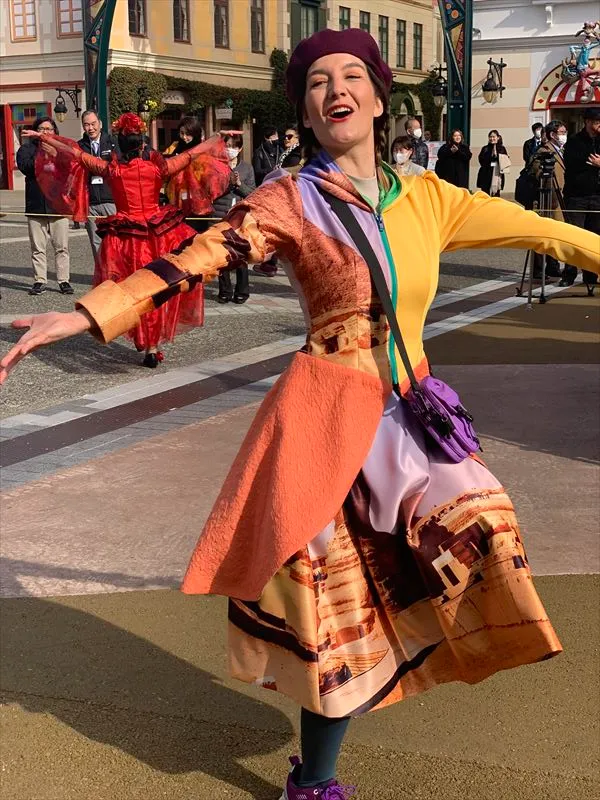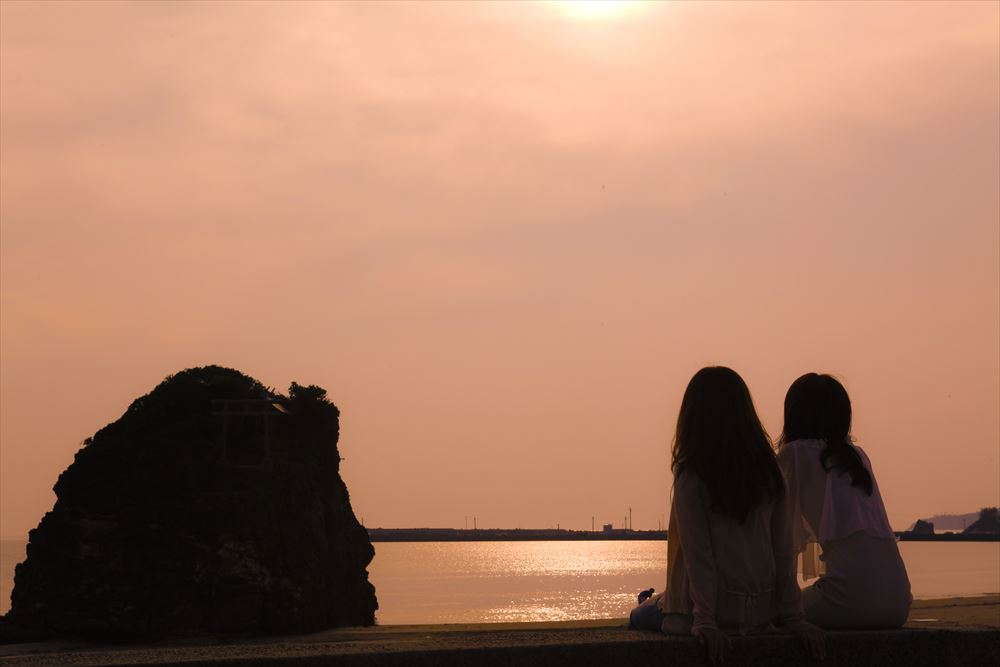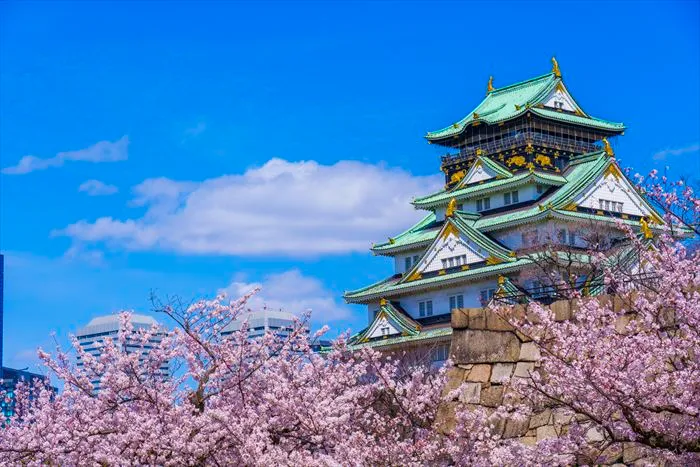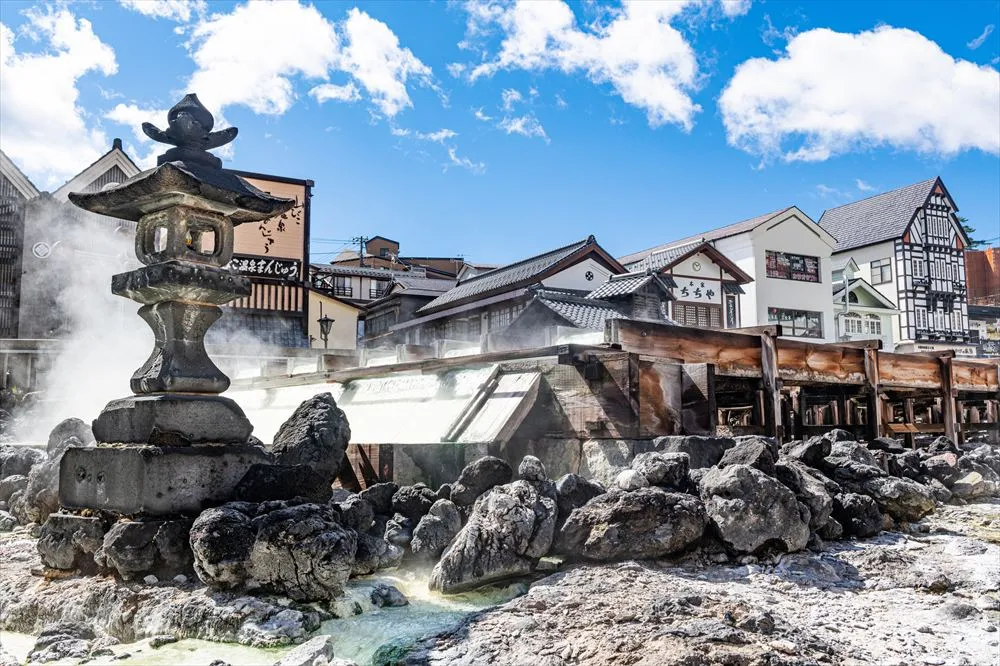The "Thousand Rice Terraces" of Maruyama Senmaida
Maruyama Senmaida


Today, they are vanishing quickly under the pressures of mechanized agriculture and an aging society. However, there yet remains a place where the natural beauty of tanada still shines, where the ways of ancient times live on: Maruyama Senmaida in Mie Prefecture.

This region in Mie, considered one of the most picturesque in the nation and listed as one of “Japan’s top 100 terraced rice-fields,” is called “Sen Mai Da” meaning “one thousand fields.” In fact, 1,340 parcels of all shapes and sizes are carved into the southwestern slope of Mount Shirakura. Though this is one of the largest terraced rice-fields in Japan today, it pales in comparison to four centuries ago when 2,240 terraces were recorded here. Imagining the backbreaking effort to construct these paddies, held level by stone walls between lands of 150-meter difference in elevation, it is easily understood why they are called “Japan’s pyramids.”


In the Maruyama area, it is said that rice production developed to serve the town which sprang up around the Kiwa-cho mine. In addition, the large temperature difference from day to night creates air flow ideal for rice farming. The winds of history, however, were not as kind. The mine eventually shut down, and terraces began to disappear and by the 1990’s, only around 500 remained. Around this time, the people of Maruyama formed an organization to preserve the Senmaida, and today continue working to restore the old glory of this precious landscape.

The designation of the Kumano Kodo Pilgrimage Routes as a World Heritage site also helped turn the tide. One of the best spots to view Maruyama Senmaida is the Tori-toge Pass found along the Kitayama-michi Path, a branch of the now protected pilgrimage route to Kumano Hongu-Taisha Shrine. The region’s newfound recognition also led to the revival of local age-old traditions including the festival held each June called “Mushi Okuri,” meaning to “bid insects farewell.”
Held to ward off pests in an age before chemicals, the vast winding network of terraces is illuminated in the warm glow of over 1,300 candles, transforming the evening landscape into a timeless vision of a romantic past as the lights of the flames mingle with evening stars reflected in the still waters of tanada.
_R_R.jpg)
_R_R.jpg)
Beyond the June Mushi Okuri festival, however, the area is beautiful all year long. From May to July, the water-filled fields turn the mountainside into a network of mirrored pools, each one reflecting its own fragment of the sky. Even one sunset is beautiful, but reflected a thousand times in the tanada, the sight is breathtaking. Many, however, prefer the early morning when the valley is shrouded in a thick fog that slowly dissipates, revealing the terraces curve by curve as the mist rises off the hillside. For drivers, beware of the stretch of Prefectural Road 40 where, suddenly, the view opens and the Senmaida appear. This stunning view may make it difficult to stay focused on the road.


For anyone who yearns for a deeper relationship with this old-world charm, the “owner system” is an open invitation. Under this system, anyone can adopt a field, become an active part of this community, receive a share of the harvest, and learn cultivation under the guidance of villagers. Tanada are too delicate for machine use, so almost all farming is done by hand. Over 100 such owners are registered every year, providing an avenue for urbanites to reconnect with the history, nature and culture surrounding Japan’s most important food.


Hopefully the efforts of these owners will succeed. Rice terraces are not just a pretty face. By catching rainfall, they prevent landslides, help to prevent soil erosion and maintain biodiversity. However, their principal benefit may be intangible. Such lessons from the land may be even more nourishing than the delicious rice it produces.
This article was originally published on Tourism Guide of Mie Prefecture Tourism Federation.
https://www.kankomie.or.jp/en/report/detail_181.html
Share the charms of Mie Prefecture! The #visitmie photo contest is on now!&
https://www.kankomie.or.jp/en/visitmie/
Please check out the website for more information about Mie!
https://www.kankomie.or.jp/en/
